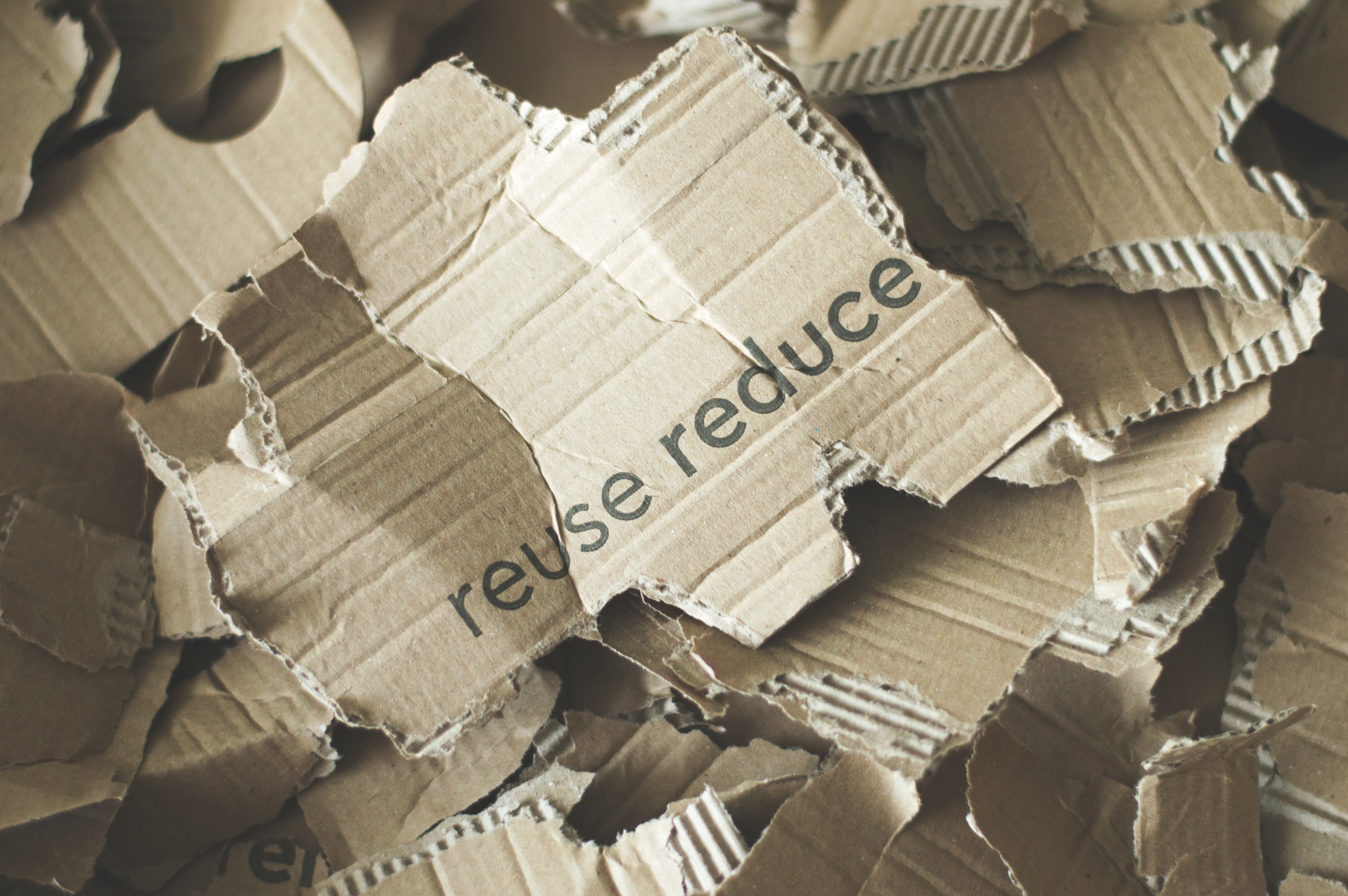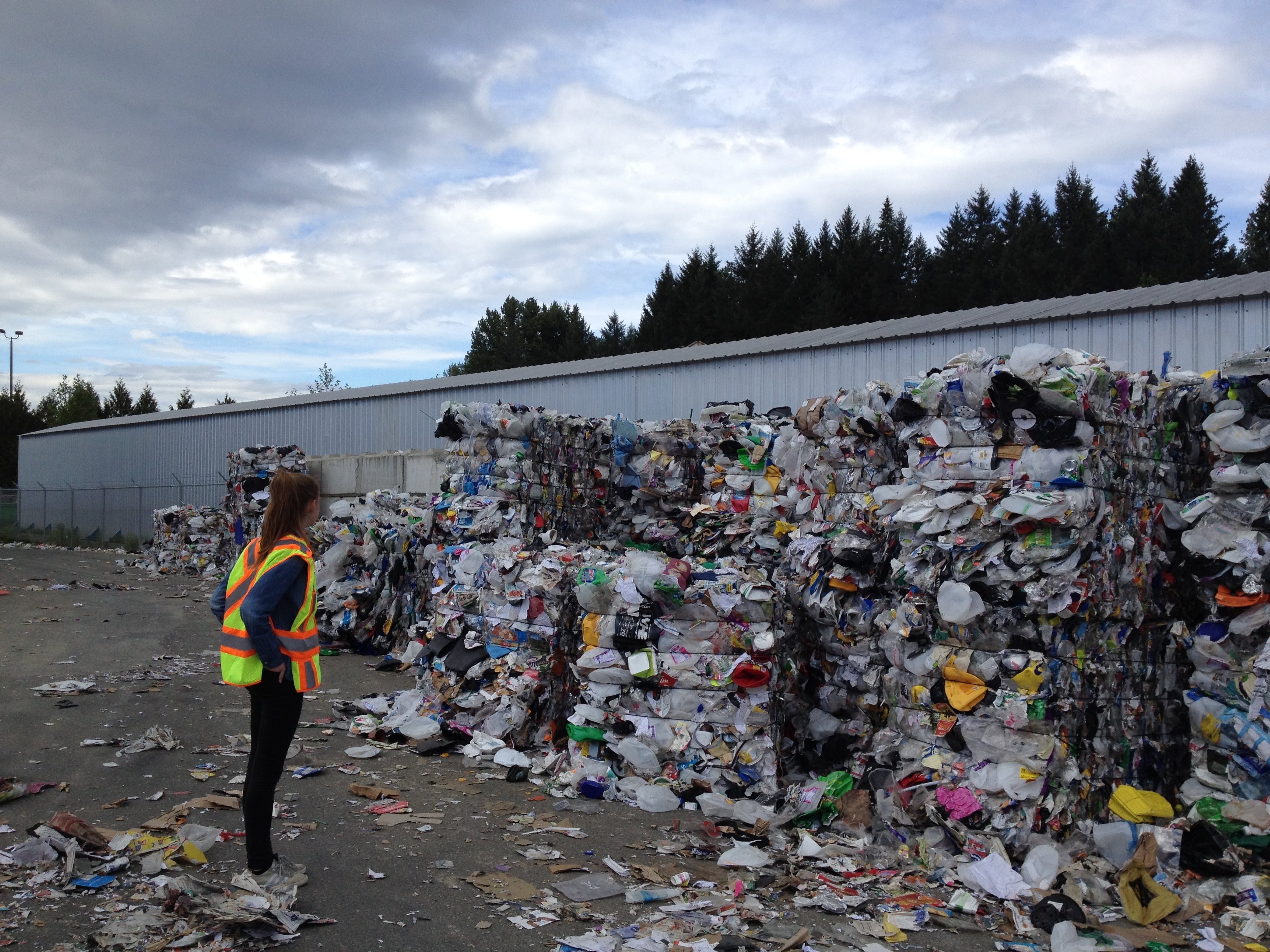In the world of electronic waste — or e-waste — irresponsible management can result in a detrimental impact on the environment. Poor management, more often than not by choosing irresponsible downstream vendors that don’t manage waste responsibly, can lead to harmful chemicals in soil and environment contamination.
In today's fast-paced digital age, a rapid turnover of technology has led to a staggering amount of IT assets in use. With this in mind, it’s important to ensure that e-waste is managed properly.
Sustainable IT asset disposition offers a solution that both mitigates the environmental impact of technology use and presents opportunities for repurposing, recycling and responsible disposition.
As the reliance on tech in businesses and the multinational needs of companies increase, the importance of managing e-waste responsibly grows with it.
Here, we'll delve into the importance of sustainable IT asset disposition and explore how it's shaping the future of our planet and the technology industry.
Why ITAD sustainability matters
When it comes to meeting ESG targets, ITAD focuses on mitigating the impact of assets on the environment by way of repurposing, recycling or disposition. It also involves handling IT equipment through a sustainable process and consultation on the best disposition routes. By adopting this approach, ITAD companies ensure IT assets are handled in a socially responsible and environmentally friendly manner.
ITAD companies approach handling these assets in several ways to maximize the value they recover from the asset while eliminating the environmental impact of any resulting e-waste. ITAD processes seek to ensure as little e-waste as possible, extracting value from end-of-life assets by harvesting parts or repurposing them for reuse. ITAD companies look to produce as little e-waste as possible — for example, TES has a reuse rate of 98%.
ITAD providers also manage and support OEMs and retailers with their return, buy-back and trade-in programs to increase the volume of technology assets they manage responsibly through e-waste programs.
Some OEMs even offer to take back all proprietary equipment from their customers free of charge, bearing the costs associated with this process themselves, in order to keep control over their brand and their equipment. This also allows them to redeploy parts and components back into their supply chains and repair centers.
When IT equipment is discarded without consideration for its environmental impact, it contributes to the growing global e-waste crisis — only 17.4% of e-waste is known to be collected and properly recycled worldwide.
E-waste in landfills poses a significant environmental threat; electronic devices contain hazardous materials such as lead, mercury and cadmium, which can pollute the air, soil and water, and cause long-term damage to public health and fragile ecosystems.
Therefore, global organizations are seeking ITAD providers that can offer a complete range of technology lifecycle solutions to support their global managed deployment, IT asset disposition and recycling programs.
How do ITAD companies manage e-waste for end-of-life assets?
ITAD companies have an initial aim to reuse and remarket assets, but when no reuse possibilities exist, recycling then takes place.
When an IT asset reaches the end of its useful life, it's essential to recycle it in the correct manner. Recycling IT equipment requires specialized processes that involve dismantling the device and extracting value from materials such as gold, silver and copper. Here are the key steps that are typically involved:
- Dismantling (for assets not suitable for refurbishment/reuse — this is where some materials need to be manually separated, such as batteries from mobile phones).
- Material recovery.
- Mechanical shredding/segregation.
- Sorting and purification.
- Handling of hazardous waste.
Materials such as plastic and aluminum are often recovered from IT, data center and networking assets and must be recycled responsibly.
Recovered materials can be recovered to manufacturing grade and used for the production of new products reducing environmental impact and the demand for further resource extraction of virgin materials.
Gold can be used in electronics and medical devices, silver in solar panels and electrical contacts, and copper for wiring and electrical components. This all contributes towards maximizing the value extracted from an end-of-life IT asset, reducing waste.
Recycling the product responsibly is essential to tackling the growing e-waste problem worldwide — improper disposition can cause potential environmental and health hazards, as well as pollution and its detrimental effects on ecosystems.
What regulatory governance exists?
When ITAD companies handle e-waste, they must follow the correct procedures to ensure compliance and minimize environmental impact.
Developed by Sustainable Electronics Recycling International (SERI), the R2 (Responsible Recycling) certification program outlines the best practices for sustainable ITAD. R2 certification ensures ITAD organizations minimize waste generation, track materials through the disposition process and comply with local and international regulations.
IT asset managers must have compliance and regulatory considerations when managing ITAD processes. Compliance with environmental regulations such as the Waste Electrical and Electronic Equipment (WEEE) directive, the Restriction of Hazardous Substances (RoHS) directive and the Basel Convention ensures e-waste is handled correctly.
The Basel Convention regulates the transboundary movement of hazardous waste, ensuring e-waste isn't shipped to countries that don't have the capacity to manage it properly.
There are also data security regulations to consider, ensuring secure data destruction throughout the disposition process. A critical standard for ITAD companies is the NIST 800-88 standard, which provides guidelines for secure data destruction, the types of media that can be destroyed and the methods that can be applied.
NIST 800-88 is widely adopted and recognized by governments and corporations as the best-in-class method for effective media sanitization.
Looking for more ways to be sustainable?
Many opportunities exist to be more sustainable throughout your ITAD processes, but knowing where to start can be difficult.
From ensuring your IT asset disposition processes align with your overarching company sustainability procedures to sustainable IT management, implementing the correct procedures can be challenging.
That's why we've created a checklist you can use to maintain socially responsible procedures regarding your IT assets.
To access your copy of the checklist for life, click below.







